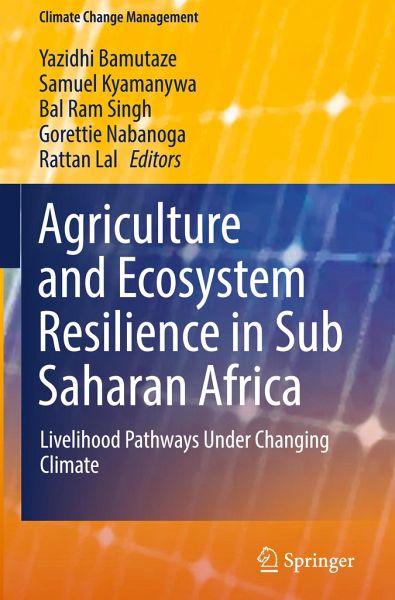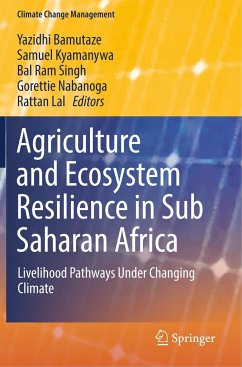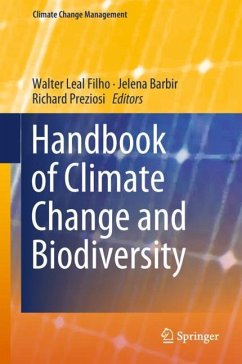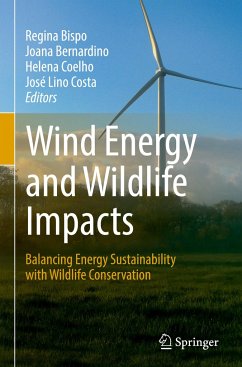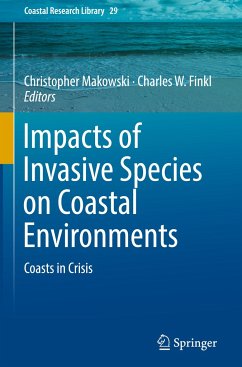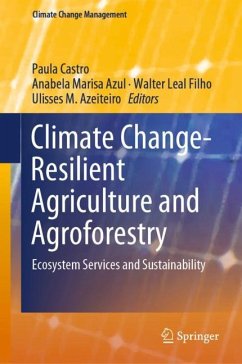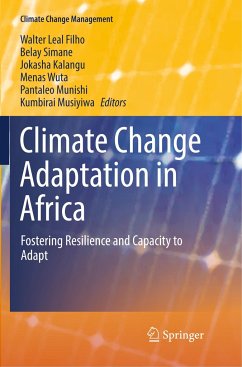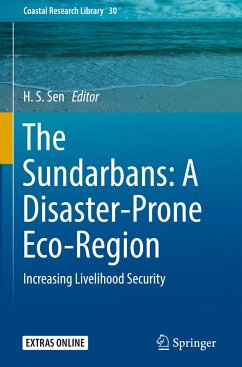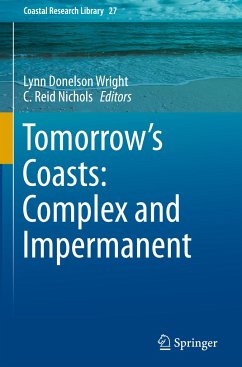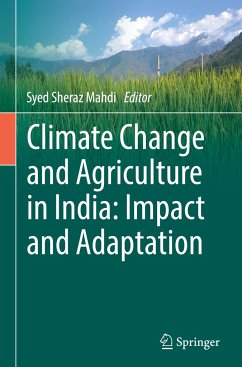Yazidhi Bamutaze, PhD is working as Associate Professor and currently the Head, Department of Geography, Geo-Informatics and Climatic Sciences, College of Agricultural and Environmental Sciences, Makerere University. He holds a PhD in Geography from Makerere University, an MSc. In Geo-Information Science and Earth observation from ITC, Netherlands and a Bachelors degree in Geography from Makerere University. He has over 21 years of proven professional experience, leadership, and training grounded largely in Africa but also with collaborations in Europe, North America and Asia. His line of research expertise primarily lie in Geomorphology, land degradadtion, Natural Hazards, Disaster Risk Management coupling applications of Geographic Information Science and Remote sensing. He has co-authored over 40 scientific publications and co-edited a series of books. He has contributed towards the development of active-learning pedagogy, training programs at Makerere University and other universities in Africa, and mentoring of the next generation of scientists. He has chaired a range of international scientific meetings and cuurently serves on the executive of the African Association of Remote Sensing of the Environment (AARSE), International Geographical Union (IGU) Commission on African Studies, International Association of Landscape Ecology (IALE-Africa). As a major dissertation adviser to graduate students, he has successfully directed 20 students, 5 at PhD level. Many of his former students have attained responsible positions in academic, industrial, and government. He has also served on over 10 Ph.D and 30 Masters Committees. Bal Ram Singh, PhD is a professor emeritus at the Norwegian University of Life Sciences. He earned his Ph.D. degree from G.B. Pant University of Agriculture & Technology, India. His program focuses on bioavailability and mobility of heavy metals in the soil and plant system, fertility management and agricultural sustainability^ 200 scientists from 31 countries participated. He has supervised 76 graduate students and 16 visiting fellows/scientists from 20 countries and published 430 articles, of which 240 in peer-reviewed journals and books. Prof. Singh is a fellow of ASA (2004) and SSSA (2005) and recipient of International Award in Soil Science (SSSA) in 2011. He is currently Chair of Division 3 of the International Union of Soil Science, President of the Norwegian Society of Soil Science and member of the Geomedicine committee -Food, Environment and Health of the Norwegian Academy of Science and Letters. Samuel Kyamanya: He obtained his Ph.D in Agricultural Entomology from Makerere University under the African Regional Post graduate Programme in Insect Science at the ICIPE in Nairobi Kenya, and a BSc in Agriculture from Makerere University. He has over 30 years teaching and research expertise in Agricultural Entomology and Pest Management. He was, Principal ofthe College of Agricultural and Environmental Science; Dean, Faculty of Agriculture, and Head of Crop Science Department at Makerere University. He was Deputy Vice Chancellor at Kyambogo University, and a Scientist at the International Centre of Insect Physiology and Ecology in Nairobi Kenya. He was Chairman of the Agricultural Chemicals Technical Committee of the Uganda Agricultural Chemicals Board, Ministry of Agriculture, Animal Industry and Fisheries (MAAIF). He was member of the Advisory Board of Center for Sustainable Rural Livelihood- Iowa State University. He has served as (i) Council member of African Rural University, and (ii) Chairman of the Advisory Committee of Uganda National Coffee Resources Research Institute. Prof. Kyamanywa has been Principal Investigator for 18 research projects, including eight regional projects. He has supervised 66 MSc and 10 PhD students. He has over 73 publications in International Journals, 68 papers in conference proceedings,three chapters in 3 textbooks, and one handbook. Rattan Lal, Ph.D., is a Distinguished University Professor of Soil Science and Director of the Carbon Management and Sequestration Center, The Ohio State University, and an Adjunct Professor of University of Iceland. He received B.S. from Punjab Agricultural University, Ludhiana; M.S. from Indian Agricultural Research Institute, New Delhi and Ph.D. from the Ohio State University. He served as Sr. Research Fellow with the University of Sydney, Australia (1968-69), Soil Physicist at IITA, Ibadan, Nigeria (1970-87), and Professor of Soil Science at OSU (1987-to date). He has authored/co-authored 919 refereed journal articles and 535 book chapters, has written 22 and edited/co-edited 70 books. He is included in the Thomson Reuters list of the World's Most Influential Scientific Minds (2014, 2015), and among the most cited scientists (2014 to 2018). He received the Honoris Causa degree from six universities in Europe, USA andAsia, Medal of Honor from UIMP, Santerdor, Spain (2018), the Distinguished Service Medal of IUSS (2018), and is fellow of the five professional societies. Dr. Lal mentored 111 graduate students and 174 visiting scholars from around the world. He was President of the World Association of Soil and Water Conservation (1987-1990), International Soil and Tillage Research Organization (1988-1991), Soil Science Society of America (2006-2008) and is the current President of the International Union of Soil Sciences (2017-2018).He is laureate of the GCHERA World Agriculture Prize-2018 and Glinka Soil Prize-2018. Gorettie Nsubuga Nabanoga, PhD is an Associate Professor at Makerere University. She attained her Ph.D. degree in Social Sciences from Wageningen University of Agriculture, The Netherlands. She Holds a Masters in Natural Resources Management from Agricultural University of Norway and a Bachelor of Science in Forestry from Makerere University. She is currentlythe Deputy Principal of the College of Agricultural and Environmental Sciences at Makerere University. Her teaching and research focuses on gender and natural resources management with emphasis on gendered rights to land and natural resources. She has vast experience in participatory approaches to community development and local livelihoods improvement; indigenous knowledge and traditional resources management practices. She is a gender specialist and has conducted research mainly in Socio-economic and institutional changes in communities close to Natural Forests; Institutional capacity building for sustainable natural resource use and management for local livelihoods with special interest in engendering the processes. She is also a collaborator in several research projects as the gender focal person and leads the engendering of teaching, research and outreach activities. She has facilitated/spearheaded the mainstreaming and streamlining of gender in several graduate training and research programmes, which are highly diverse in terms of the participants, facilitators and environment. She cordinated an international capacity building progrogram in which over 200 Masters stundents from 20 countries were trained. She has supervised over 70 students and published over 40 articles, of which 25 are in peer-reviewed journals. Assoc. Prof. Nabanoga is a member of the UFA (1994) and a fellow of the SCB (2006) and UNAS (2017).
